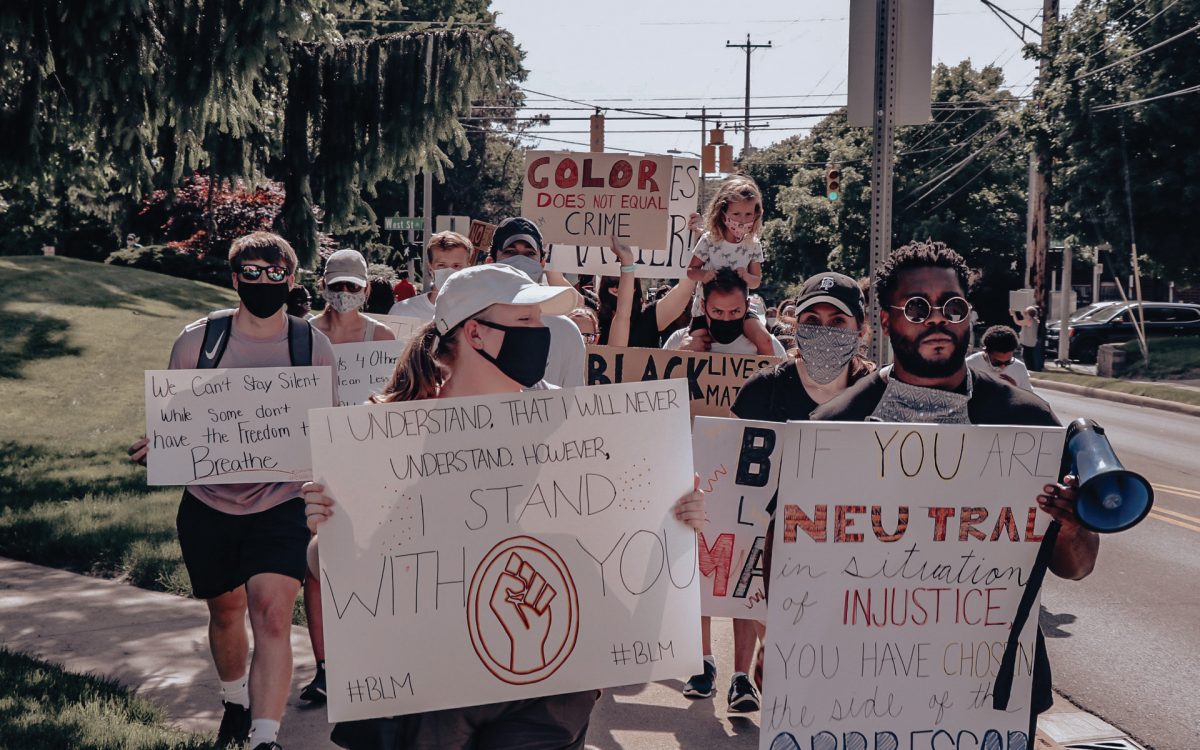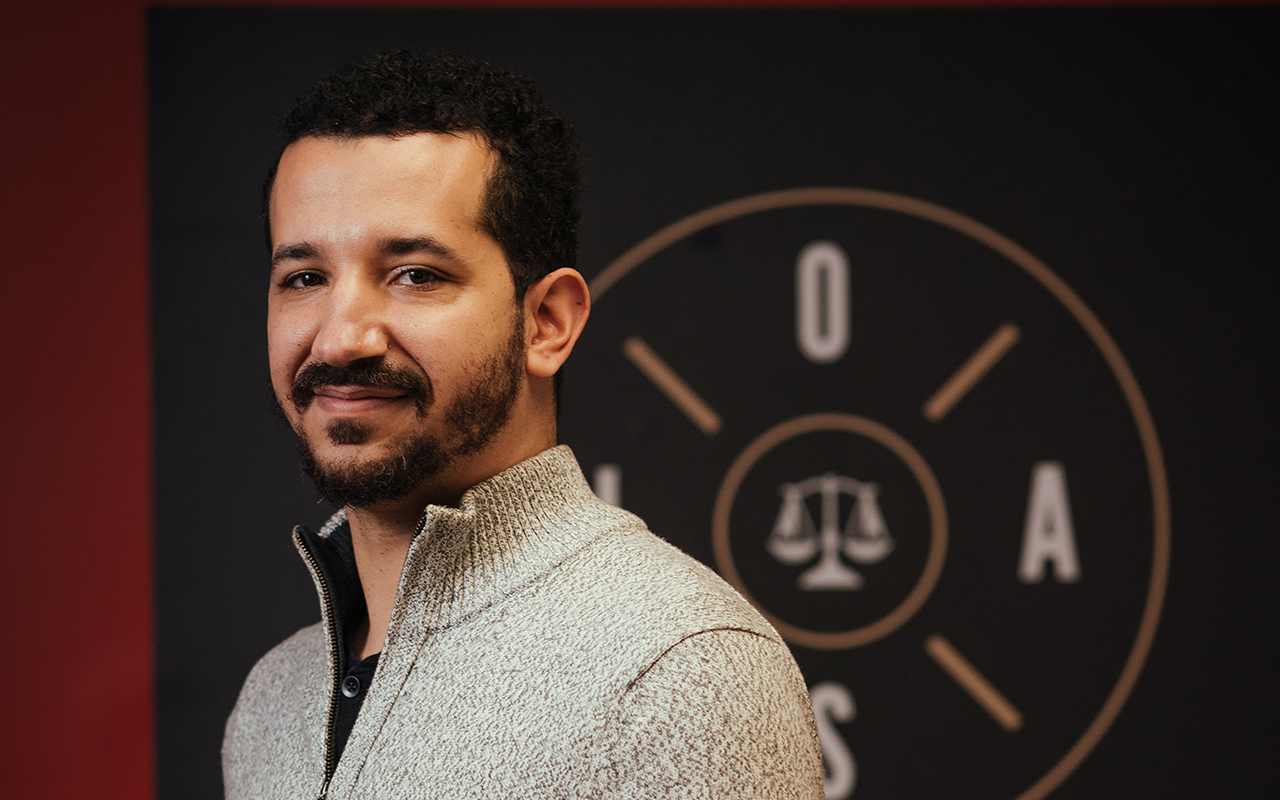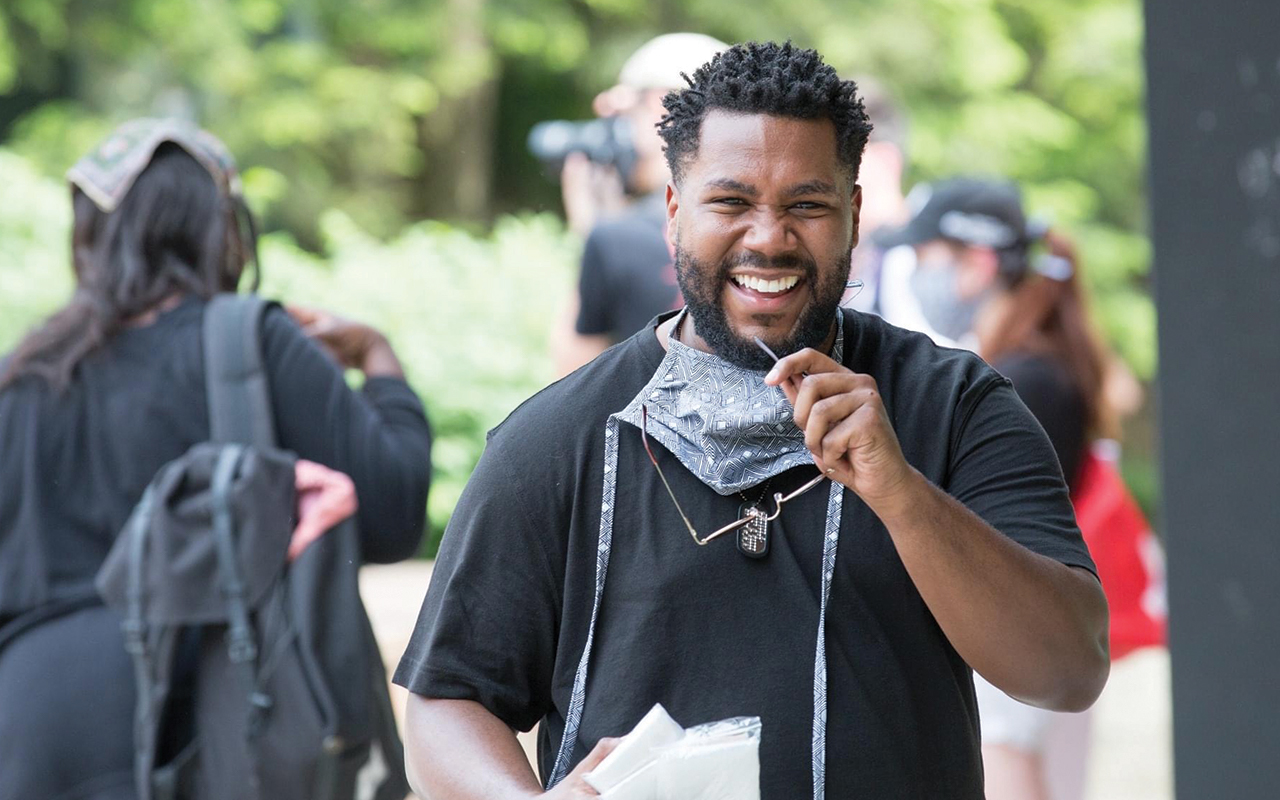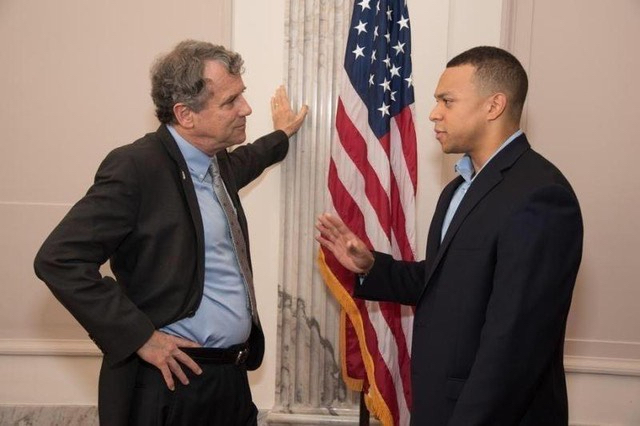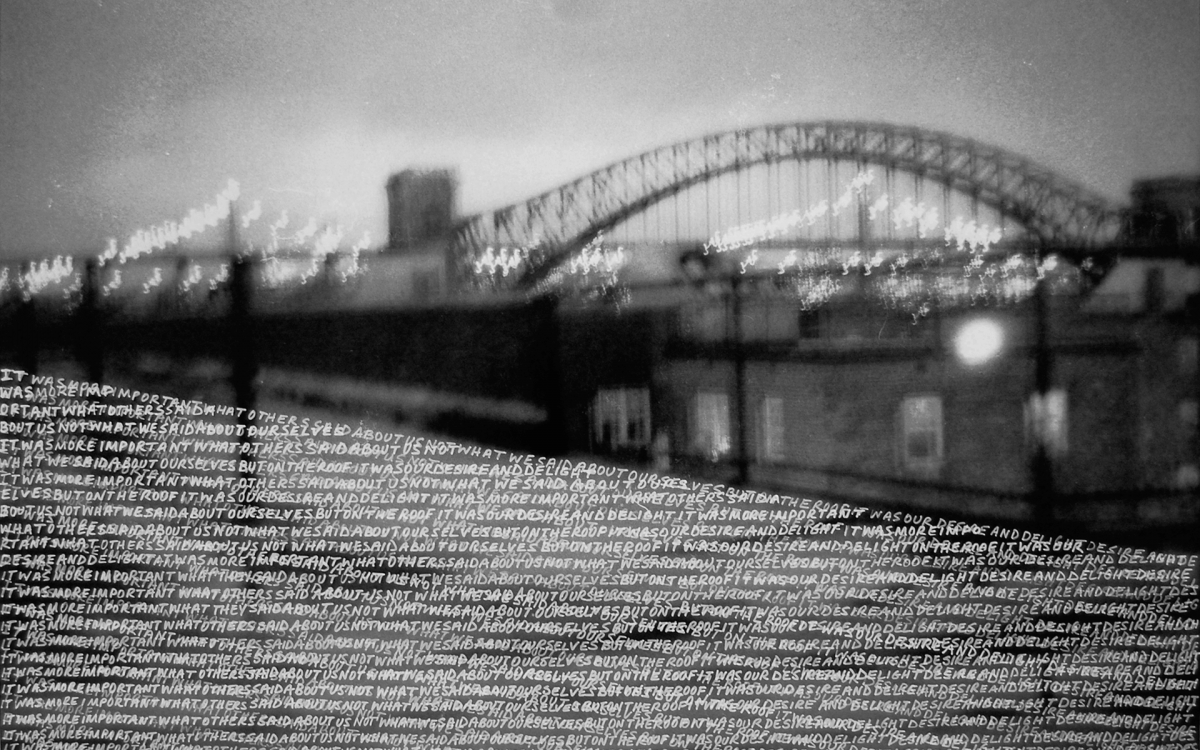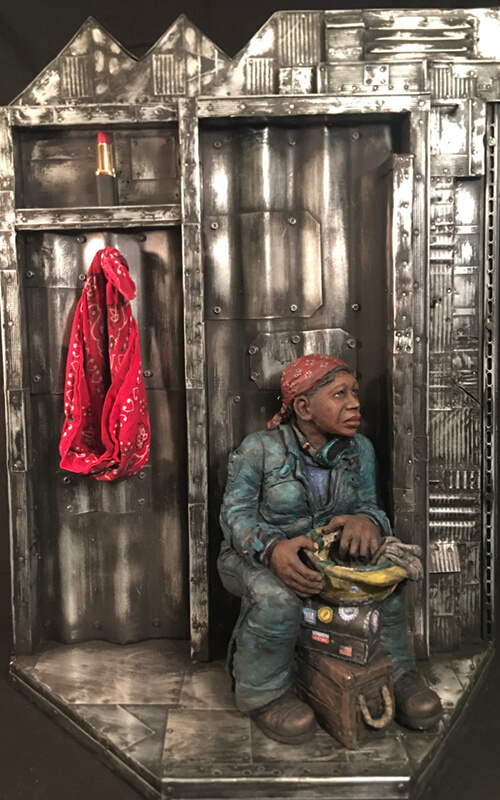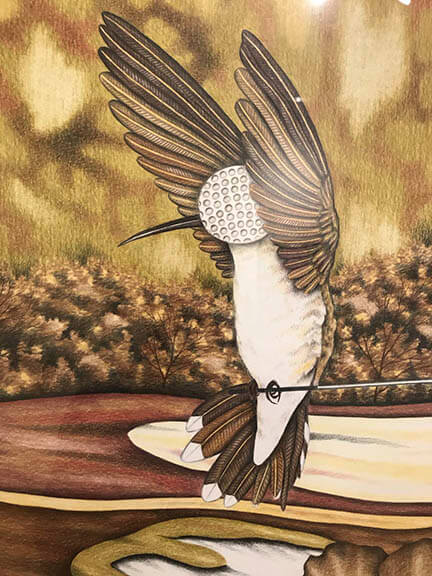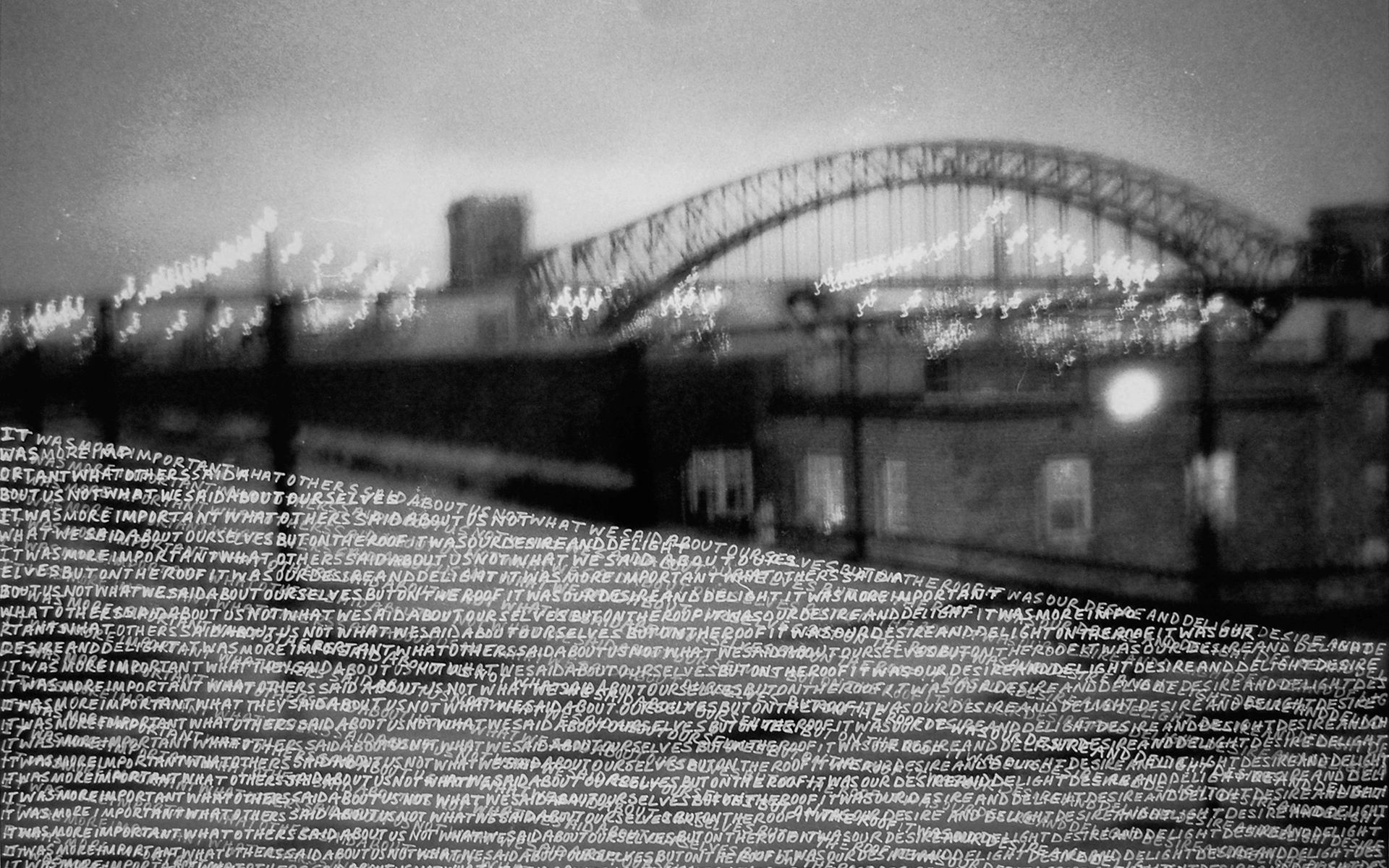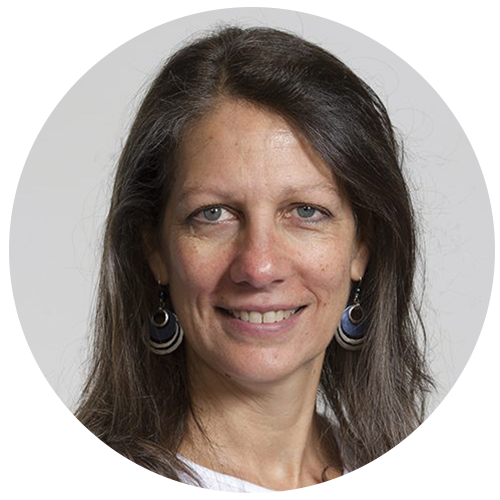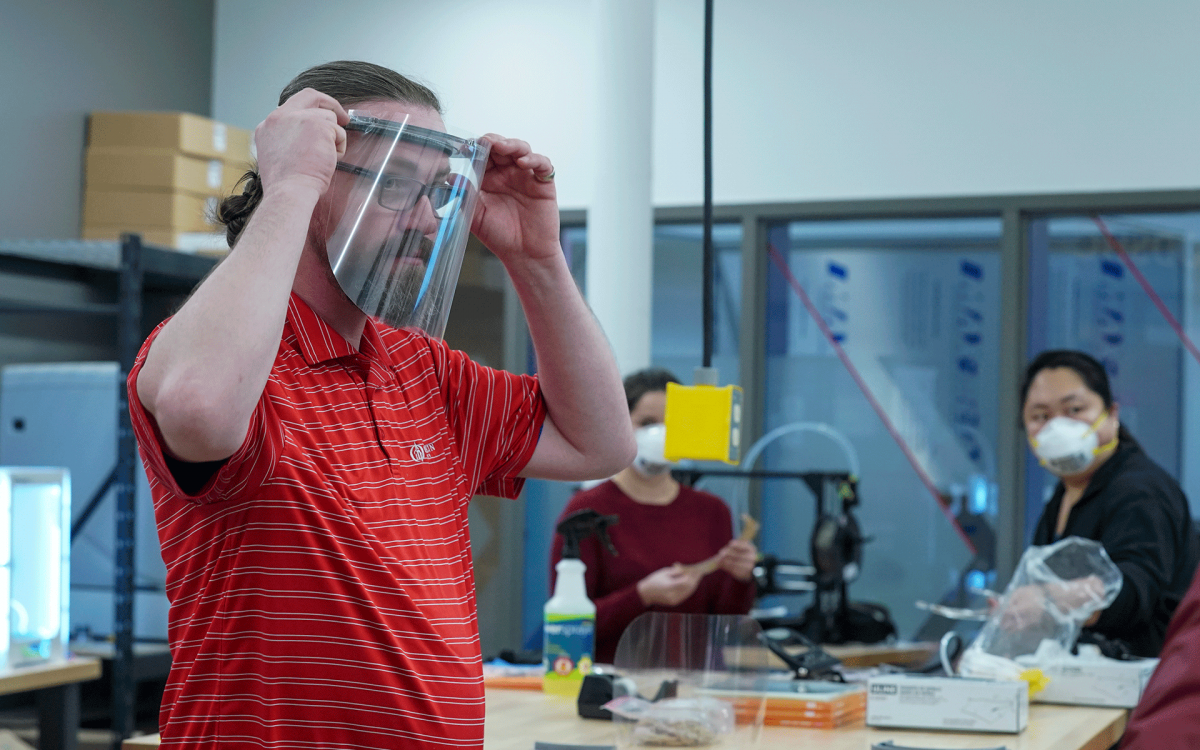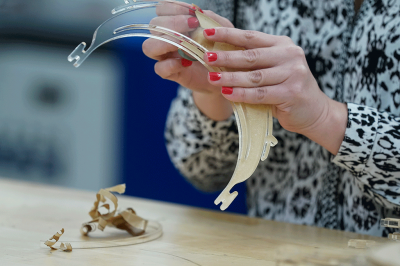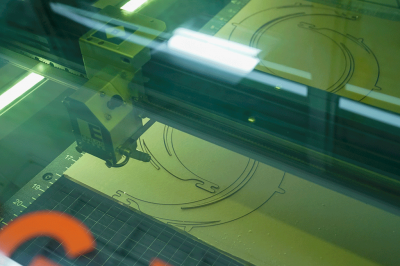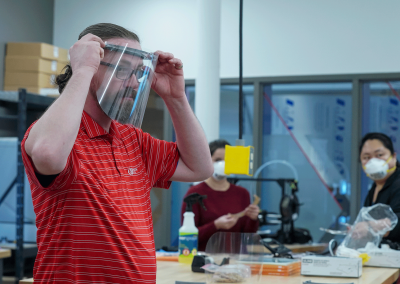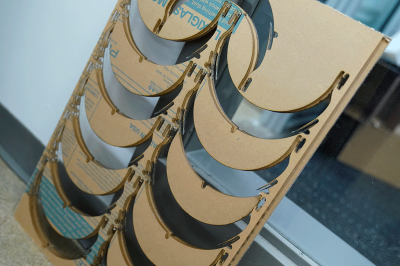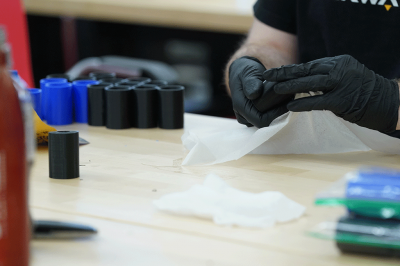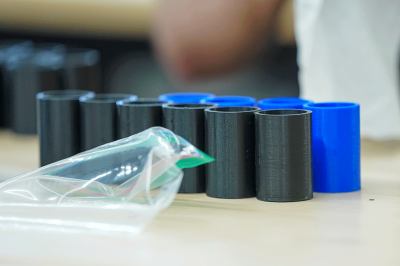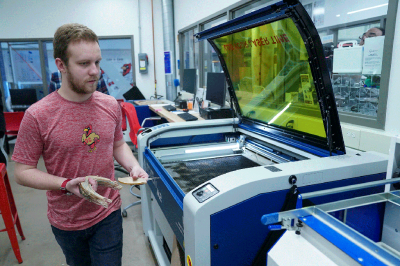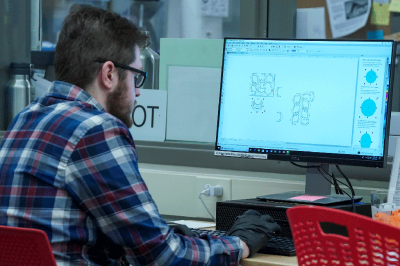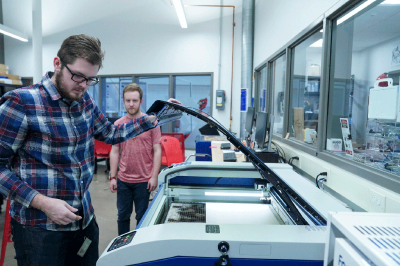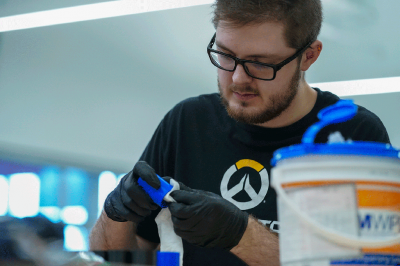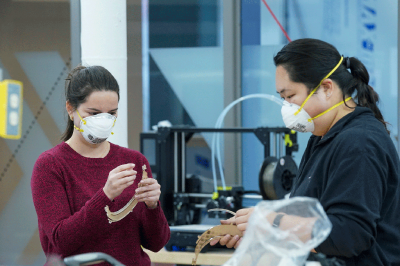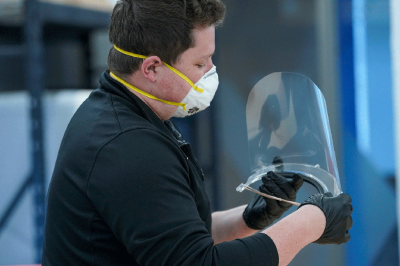Artwork descriptions by Janice Glowski, Ph.D. and Magda Parasidis
Otterbein Art Exhibitions Put Social Justice Issues on Display
The Otterbein Department of Art and Art History has opened the University’s museum and gallery spaces this year to the issues of labor justice, the poor working-class, immigration and systemic racism with three exhibitions, two during fall semester and one during spring semester.
According to Museum and Galleries Director Janice Glowski, the Department wants those who see the exhibits to ask where they see themselves in the art, the stories and the exhibition themes. She hopes they will allow themselves to be open to change and being uncomfortable because that, Glowski said, is when the greatest learning occurs.
“Part of Otterbein’s educational mission is to train students to think critically, clearly and in an informed way about the narratives that dominate our social discourse,” said Glowski. “Importantly, we are asking the viewer to question, to look deeper into their understandings and to ask themselves difficult and sometimes uncomfortable questions.”
The three exhibitions — Magda Parasidis: Ghosts in Sunlight, On(c)es Forgotten and Valentino Dixon: Journey to Freedom — are challenging longheld assumptions about poverty, race and our country’s history. These exhibitions are meant to question the single narrative by directly addressing social issues through an aesthetic lens, present new voices and share often untold narratives.
“We are demonstrating that the Otterbein community is willing to commit to doing the hard work of listening, learning, being honest and moving toward shared truths. We are willing to engage in the difficult work of healing, so we can create the possibility of jettisoning the notion that there is a hierarchy of human value,” she said.
All exhibits are free and open to the public. Visit www.otterbein.edu/art/art-exhibit-schedule for more information on hours and location.
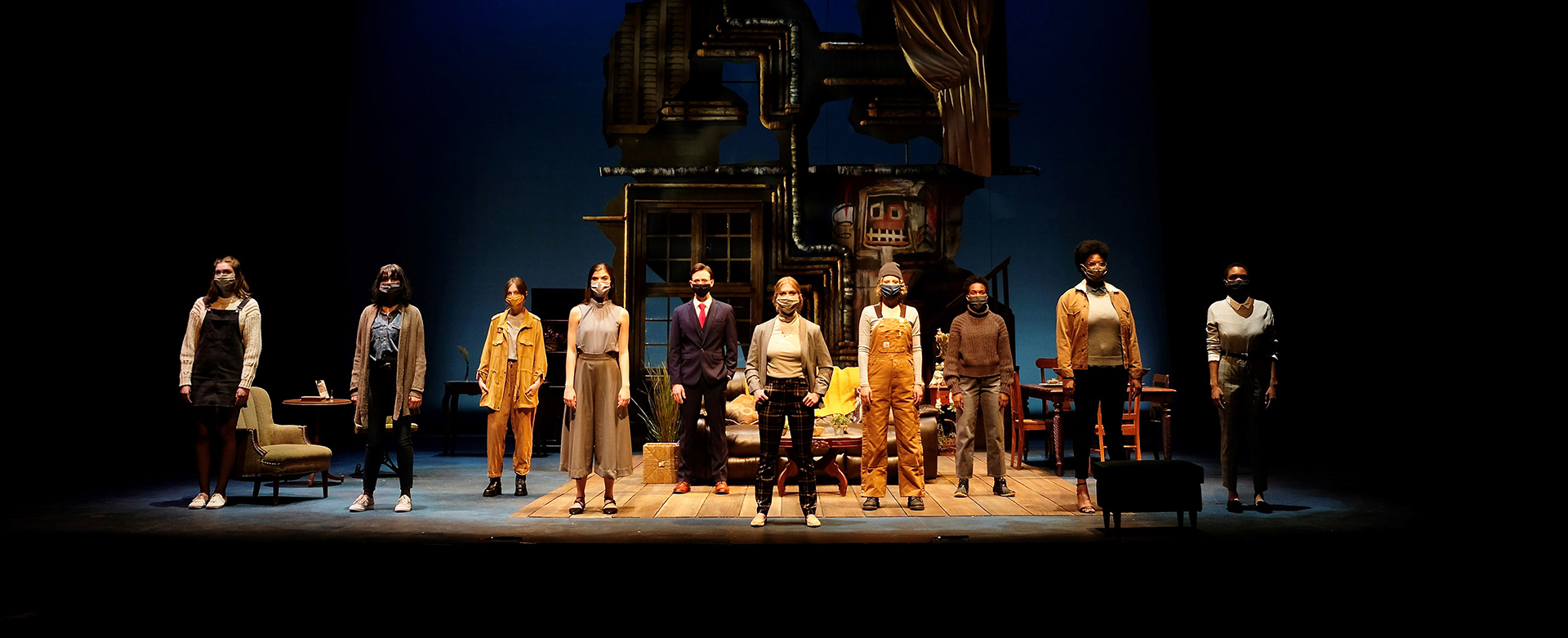
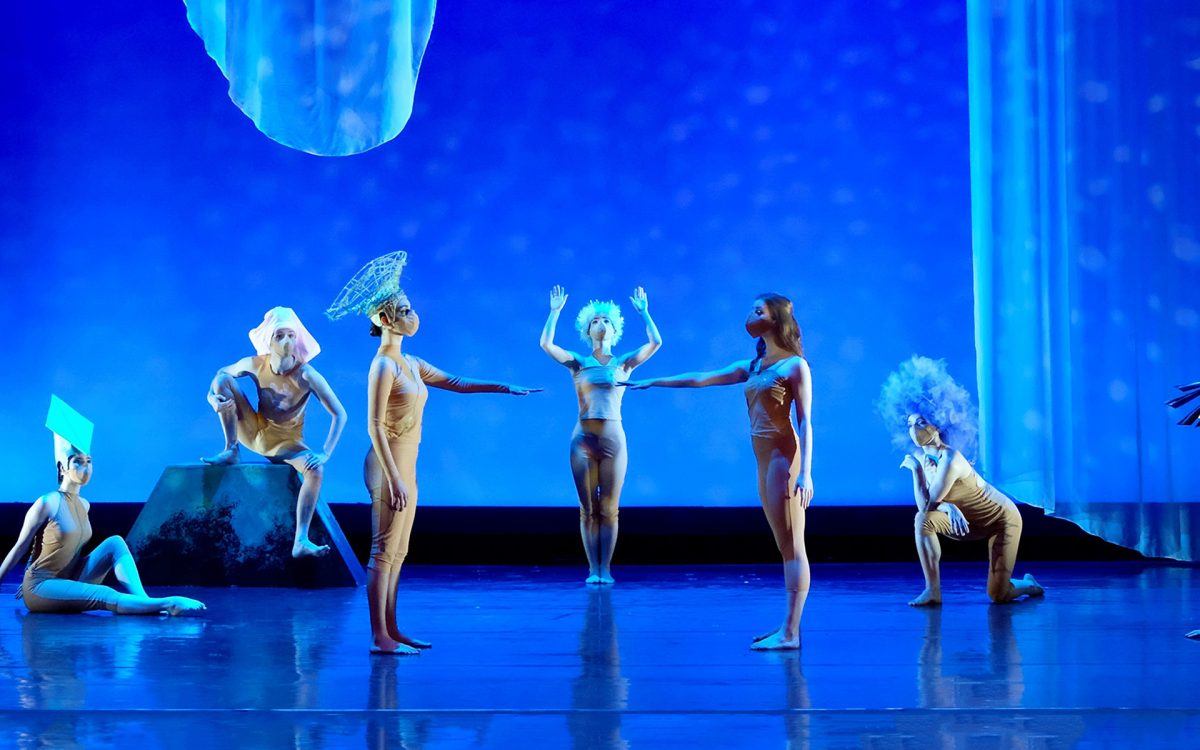
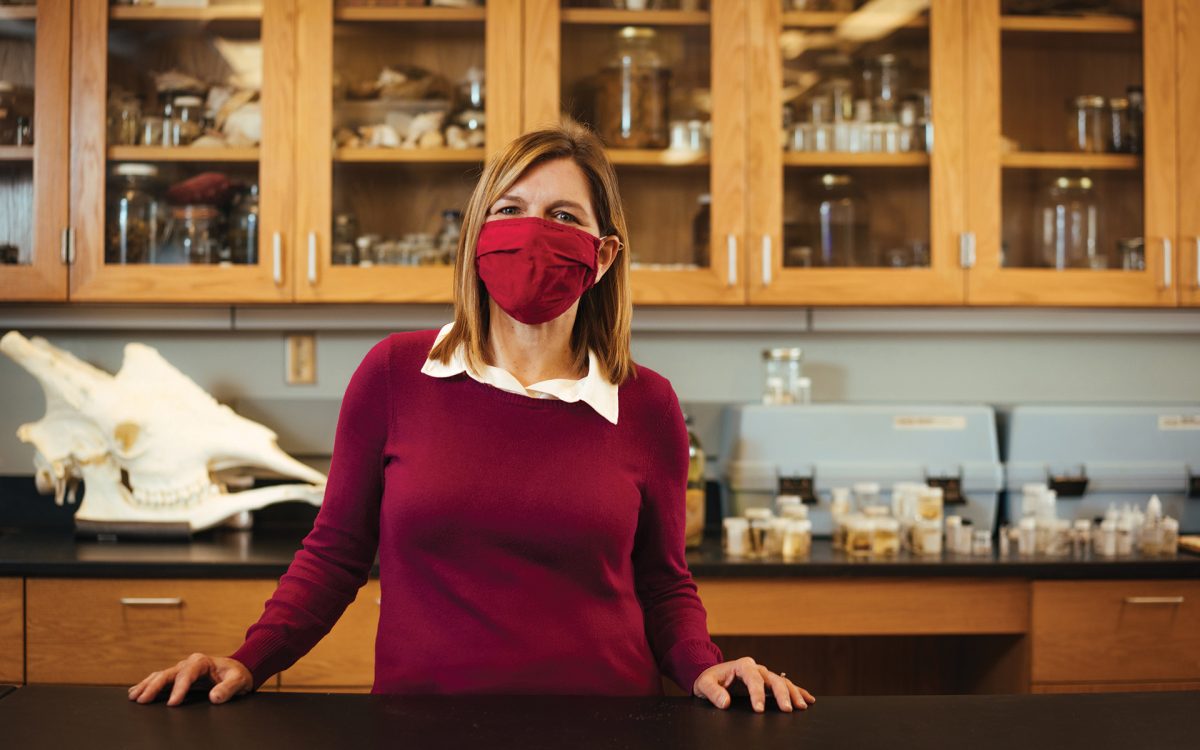
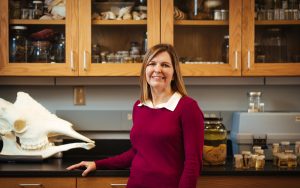
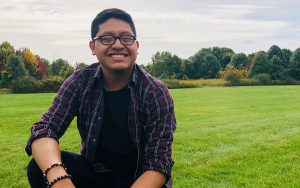 SPANISH/LATIN AMERICAN STUDIES AND JOURNALISM/MEDIA COMMUNICATIONS
SPANISH/LATIN AMERICAN STUDIES AND JOURNALISM/MEDIA COMMUNICATIONS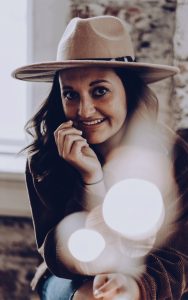 ASSISTANT MERCHANT, EXPRESS
ASSISTANT MERCHANT, EXPRESS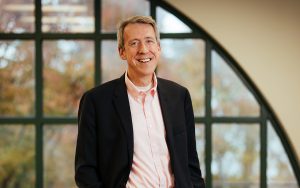 ASSOCIATE PROFESSOR AND CHAIR, EDUCATION
ASSOCIATE PROFESSOR AND CHAIR, EDUCATION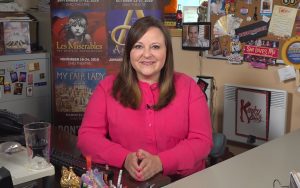 BROADWAY MARKETING MANAGER, COLUMBUS ASSOCIATION FOR THE PERFORMING ARTS (CAPA)
BROADWAY MARKETING MANAGER, COLUMBUS ASSOCIATION FOR THE PERFORMING ARTS (CAPA)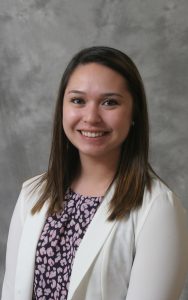 COMMUNICATIONS SPECIALIST, OHIOHEALTH
COMMUNICATIONS SPECIALIST, OHIOHEALTH 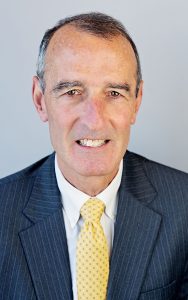 PRESIDENT, TRIPLE-A INTERNATIONAL LEAGUE
PRESIDENT, TRIPLE-A INTERNATIONAL LEAGUE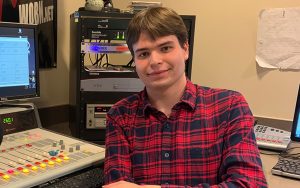 COMMUNICATION STUDIES
COMMUNICATION STUDIES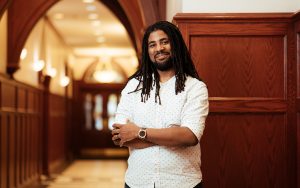
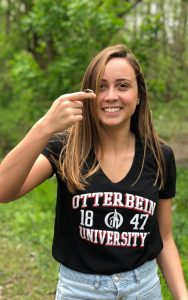 ECONOMICS
ECONOMICS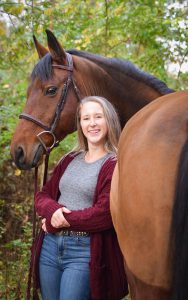 POLITICAL SCIENCE AND COMMUNICATION STUDIES
POLITICAL SCIENCE AND COMMUNICATION STUDIES